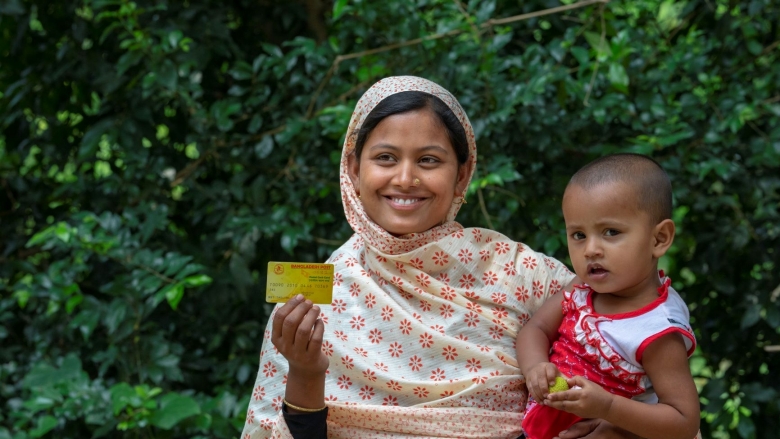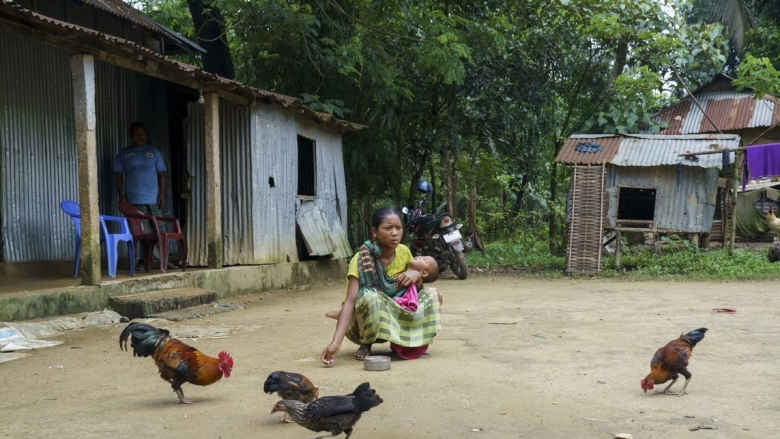Ensuring nutrition and early stimulation prenatally and in the first five years maximizes a child’s health and brain development. Global evidence shows that investments made at this time have the highest returns and provide benefits that last throughout the individual’s life and enable them to productively contribute to society as an adult. Well-nourished children complete more years of schooling, learn better, and can earn higher wages in adulthood.
Despite the impressive progress in reducing poverty, Bangladesh still lags behind in key child nutrition indicators such as wasting and stunting, a reflection of acute and chronic malnutrition. While Bangladesh decreased stunting from 41 percent in 2011 to 28 percent in 2019, it is still among the countries with highest stunting prevalence rates. Investing in initiatives to improve child nutrition and reduce stunting are a priority for Bangladesh and among the most cost-effective development actions to achieve its vision of becoming an upper middle-income country.
Only about 17 percent of pregnant women visit the doctor four times as recommended during pregnancy. The low use of antenatal care leads to a high incidence of low birth weight and maternal malnutrition. About one-quarter of women suffer from undernutrition during pregnancy while 28 percent of children have low birth weight. For children from poor households, who are more likely to be malnourished, this undermines their human capital development potential.


